הקרן מעניקה מלגות במגוון גדול של נושאים לפי בחירת הסטודנט, נטיית ליבו וכישוריו.
הקרן מעניקה מלגות במגוון גדול של נושאים לפי בחירת הסטודנט, נטיית ליבו וכישוריו.
מסטודנט, לחבר כנסת, לשגריר – שמעון סלומון סיפור הצלחה
במשך שני העשורים האחרונים חילקה הקרן מעל 5000 מלגות לסטודנטים בלמעלה מ-90 תחומי לימוד. מעבר לעזרה הכלכלית המלגה מעבירה לסטודנט מסר של תמיכה ועידוד לקראת השגת המטרה האקדמית והגשמת החלום למרות הקשיים שבדרך.
- תמיכה כספית
-שיחות טלפון רבעוניות
- תמיכה וייעוץ טלפוני
- מעקב ציונים לאחר כל סימסטר
- טקס שנתי בירושלים
הישארו מעודכנים בפעילויות האחרונות שלנו ובמידע חשוב.
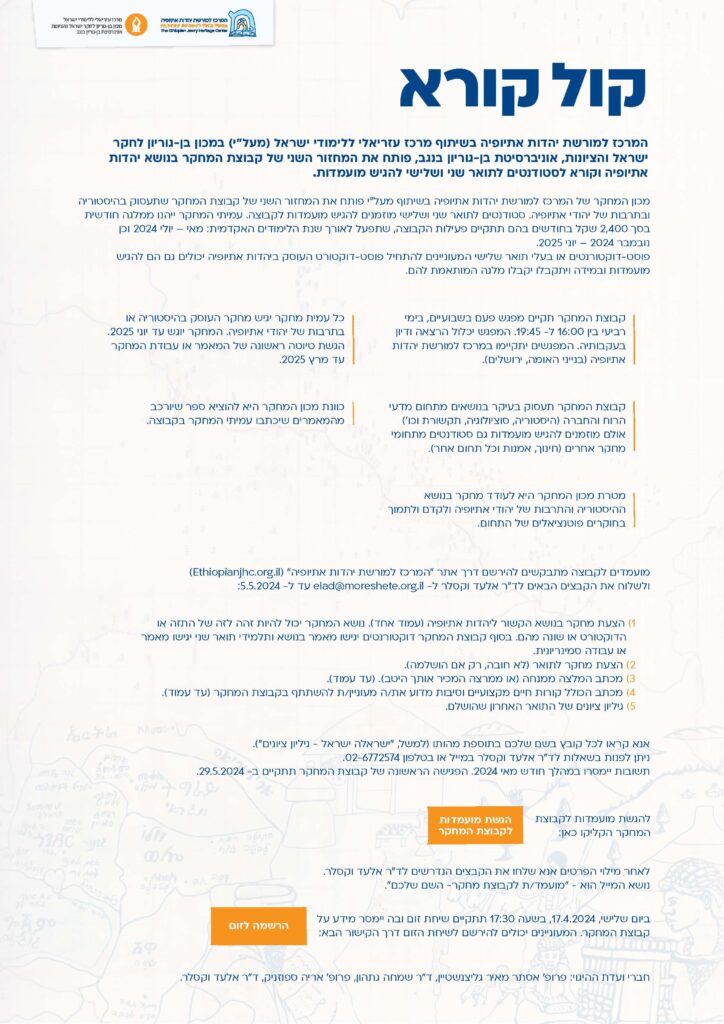
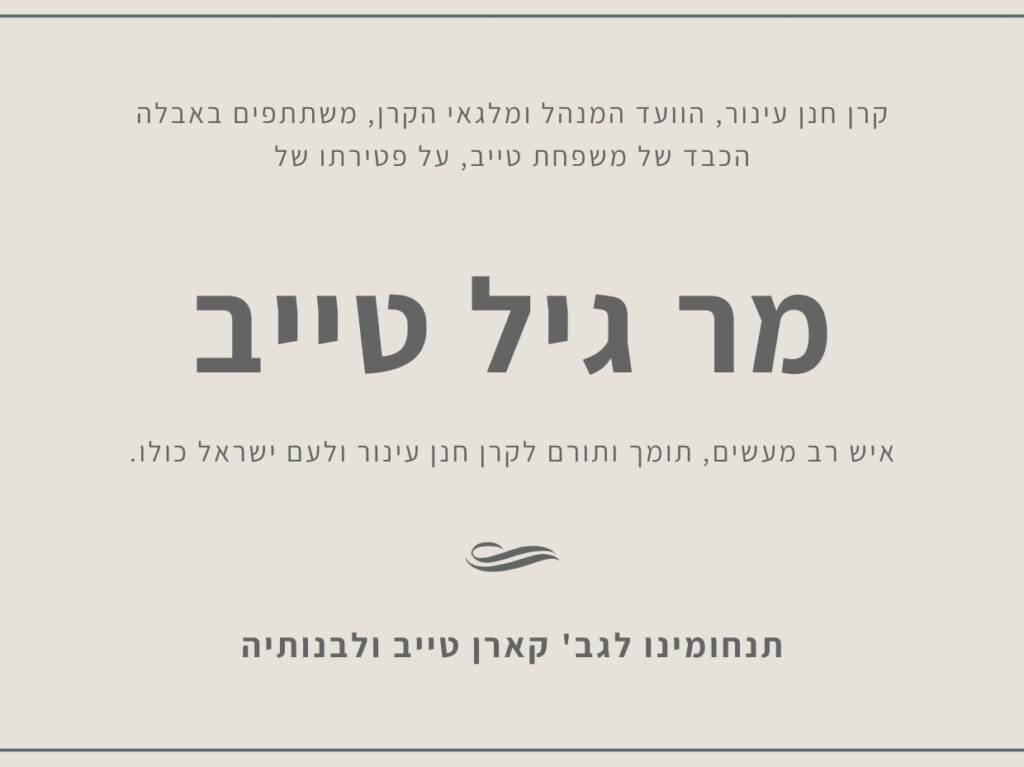

בכל שנה הקריטריונים נפתחים מחדש בהתאם לתקציב השנתי שלנו לחלוקת מלגות של אותה שנה. לכן אנו ממליצים גם למי שנרשם בעבר ולא אושרה לו מלגה להרשם שוב גם השנה.
מוענקת לסטודנט/ית בתחום תיאטרון / קולנוע.
מוענקת לסטודנט/ית בתחום הפסיכולוגיה.
מלגות אלה מוענקות לסטודנטים המתחילים ללמוד תחום ייחודי ופורץ דרך.
מוענקת ליוצאי אתיופיה בתחום התקשורת (עיתונאות, טלוויזיה, רדיו, סרטים וכדומה).

מייסדת שותפה, יו"ר של כבוד
שרה עינור ז"ל נולדה בתל אביב ב-1925 ונפטרה בנובמבר 2016. היא הקדישה את חייה לחיזוק החיים היהודיים בישראל ובעולם. לאחר סיום לימודיה בסמינר לוינסקי למורים, לימדה במשך שנתיים בכפר הנוער שפייה ונשלחה ע"י המוסד לעלייה ב' לאיטליה ולמרסיי לטפל בילדים ויתומים מצפון אפריקה ומאירופה שהיו בדרכם למדינה החדשה – ישראל. לאחר חזרתה ייסדה את המחלקה הנשית בקרן היסוד. לאחר נישואיה לחנן עינור נולדו להם 2 ילדים והיא שירתה לצידו של חנן בתפקידיו כשגריר בקנדה, ארה"ב, אפריקה ומקסיקו. לאחר מותו ייסדה את הקרן ע"ש חנן עינור והייתה הרוח החיה מאחורי פעילותה שנים רבות. היא האמינה בכוחם של יוצאי אתיופיה להשתלב בחינוך האקדמי בישראל. בניהול הארגון מביתה שבירושלים היא תמכה וסייעה לכל מי שרצה להתקדם, הכירה כל סטודנט וסטודנט והכל בהערכה ובאהבה רבה.

יו"ר קרן חנן עינור בדימוס
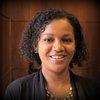
יו"ר קרן חנן עינור, מנהלת ממשקים וסינרגיה, היחידה לאסטרטגיה, תכנון ותוכן, הסוכנות היהודית לארץ ישראל
פנינה שבה משליחות בכירה של הסוכנות היהודית בפדרציית וושינגטון, טרום השליחות ניהלה את מרכז הלל באוניברסיטת תל אביב, שם פעלה לקידום שיח נרחב ומגוון של תרבות יהודית- ישראלית חברתית. בעבר הייתה פעילה במספר יוזמות בחברה הישראלית, ביניהן מייסדת תנועת "עורו", חברת ועד בארגון "אחרי", עמיתת כוח משימה ליוזמה בינלאומית לעמיות יהודית של פדרציית ניו יורק וקרן נדב חברת ועד מנהל באגודה הישראלית למען יהודי אתיופיה, ממובילי תדמיתה של הקהילה האתיופית בישראל סביב חג ה"סיגד" ועוד. לפנינה נסיון עשיר כמרצה אורחת של ארגונים יהודים ומוסדות חינוך ברחבי העולם סביב נושא זהות יהודית בישראל ויהודי אתיופיה בישראל. בשנת 2012 מונתה כנציגה ציבורית במועצה להשכלה גבוהה. בשנת 2014, בחגיגות 66 לעצמאות ישראל בסימן מחווה לנשים, פנינה נבחרה על ידי עיתון "הארץ" כאחת מ -66 הנשים הישראליות המשפיעות שכדאי להכיר. בשנת 2016 במסגרת שליחותה בפדרציית וושניגטון קיבלה פנינה את אות פרס הצטיינות המקצועית ע"ש טד ב. פרבר על עבודתה בפיתוח תוכנית ייחודית על ישראל ועל רבדיה המורכבים כמדינה וכחברה עבור בני נוער בוושניגטון. פנינה בעלת תואר ראשון בסוציולוגיה והיסטוריה של עם ישראל ובעלת תואר שני בתכנית למנהלים למנהיגות ציבורית פוליטית. ילידת אתיופיה שעלתה לארץ בגיל שלוש, לה ולבעלה שני ילדים איתן וארז.

מנכ"ל קרן חנן עינור
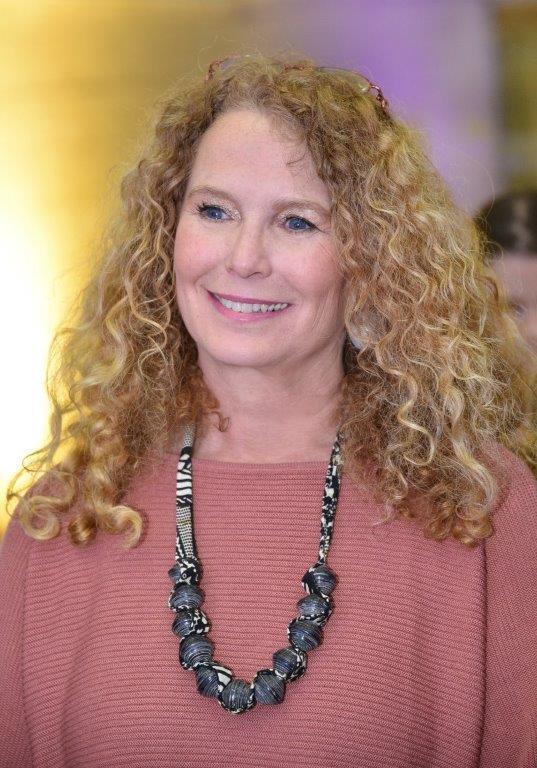
פרופסור באוניברסיטת תל אביב
גליה צבר, נולדה ב-1963 בישראל. מספטמבר 2016 משמשת כנשיאת המרכז האקדמי רופין. פרופסור בחוג להיסטוריה של המזרח התיכון ואפריקה. בין השנים 2009–2014 כיהנה כראש התוכנית הבין אוניברסיטאית ללמודי אפריקה וכן כראש הדסק לחקר אפריקה במרכז ללימודים בינלאומיים ואזוריים על שם ס. דניאל אברהם באוניברסיטת תל אביב.
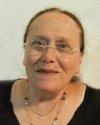
מנכ"ל תנועת סובלנות
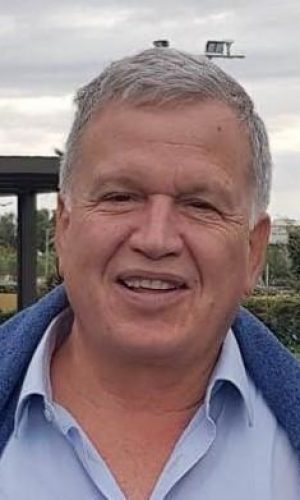
פיתוח עסקי
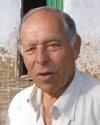
מנהל האגף האתיופי
בסוכנות היהודית לשעבר
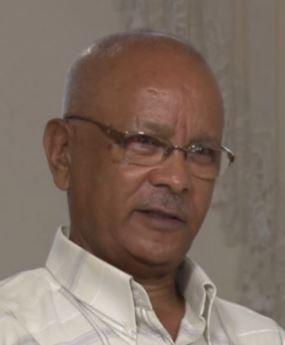
חבר כנסת לשעבר,
מפלגת יש עתיד

פיתוח עיסקי
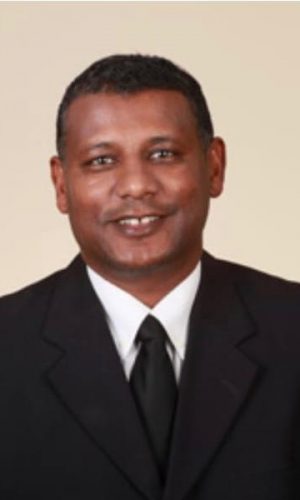
ראש התכנית לקידום סטודנטים יוצאי אתיופיה להשכלה גבוהה ולפיתוח מנהיגות חברתית בקריה האקדמית אונו
עו"ד זאב קסו, בוגר ומוסמך (LL.B-.LL.M ) בפקולטה למשפטים הקריה האקדמית אונו
עו"ד קסו, מייסד ומנהל תוכנית לקידום ולשילוב סטודנטים יוצאי אתיופיה להשכלה גבוהה ולפיתוח מנהיגות חברתית בקריה האקדמית אונו
התוכנית נוסדה בשנת 2001, על מנת לחולל מהפכה אמיתית בקרב צעירים וצעירות יוצאי אתיופיה באמצעות הקניית ההשכלה גבוהה במקצועות יוקרתיים שיאפשרו להם להשתלב בשוק העבודה ציבורי והפרטי תוך פיתוח מנהיגות אישית וחברתית
לתוכנית יש למעלה 1,000 בוגרים ובוגרות מוסמכים ומוסמכות אשר משולבים בשוק העבודה במגזר הציבורי והפרטי.

מנכ"ל Energiya Global Capital

מנכ"ל InsrTech Israel

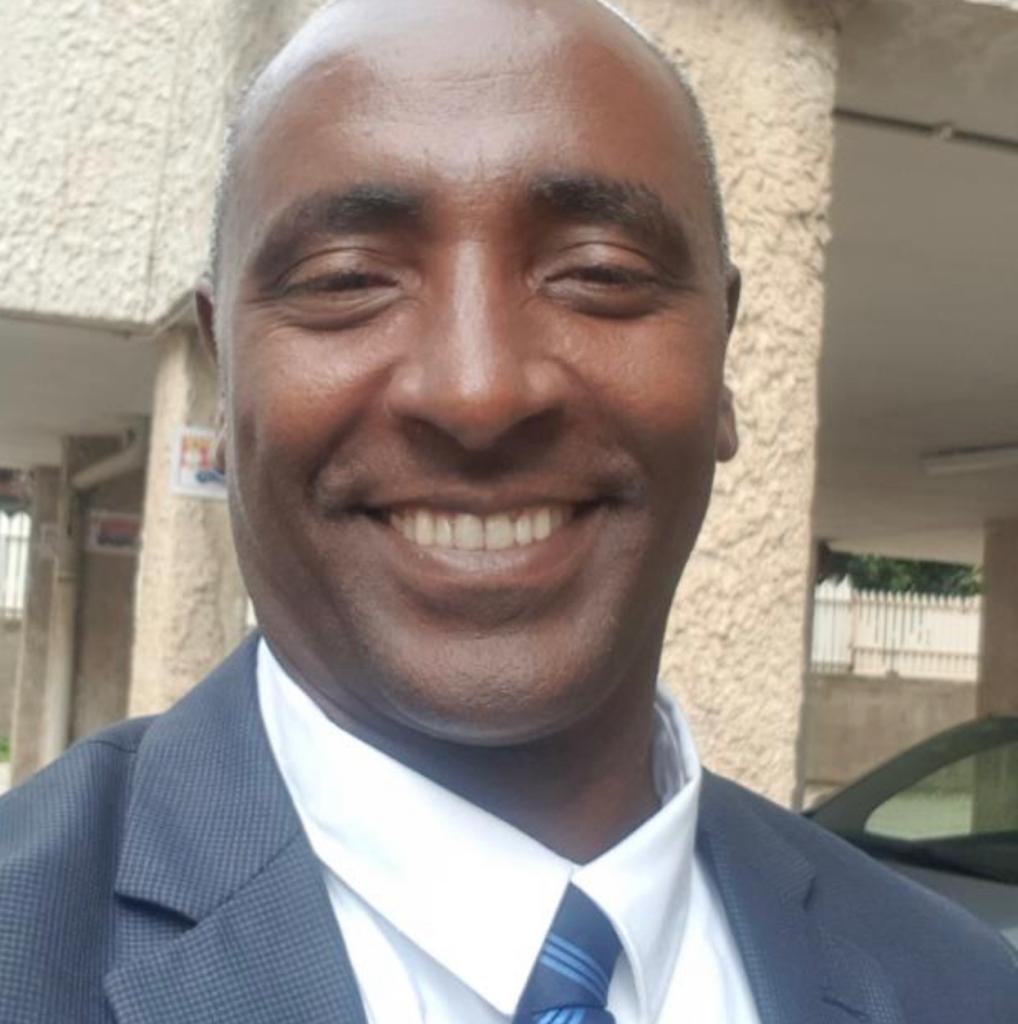
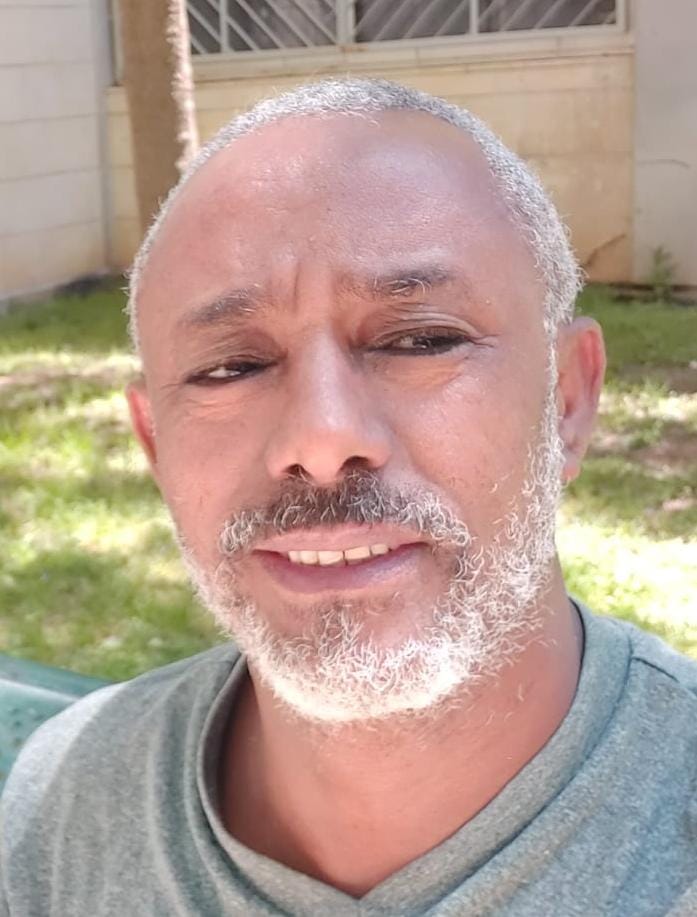

אחראית תוכן דיגיטלי
לקרן 3 ילדים והיא מתגוררת ברמת השרון.
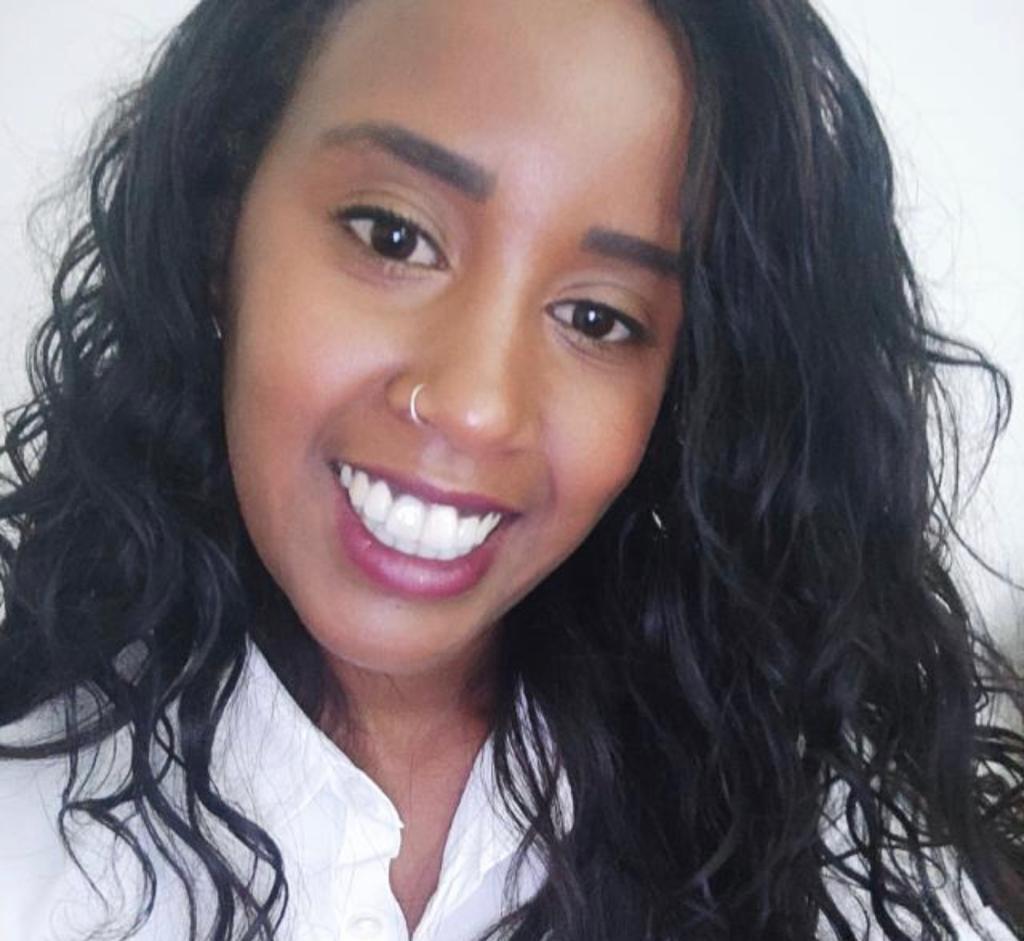
מתאמת סטודנטים
בוגרת תואר שני במנהל ומדיניות ציבורית מטעם אוניברסיטת בן-גוריון. עובדת בקרן עינור כמתאמת ומלוות סטודנטים. מתגוררת בקרית-גת.

קידום ופרסום דיגטלי
היי, אנחנו ביוביז עוזרים לקרב בין אנשים לעולם הדיגיטלי.
אנו משרד פרסום עם המון אהבה לעולם קידום עסקים באינטרנט,
ואנו מספקים שירות דיגיטלי מקיף לעסקים ועמותות.
בואו להיות חלק מההצלחה שלהם!70% מבין מקבלי המלגות הן נשים96% מבין מקבלי המלגות הינם ילידי אתיופיה85% מבין מקבלי המלגות הינם הורים לילדים59% מבין מקבלי המלגות קיבלו מלגה עבור תואר ראשון26% מבין מקבלי המלגות קיבלו מלגה עבור תואר שני13% מבין מקבלי המלגות קיבלו מלגה עבור לימודי תעודה או הכשרה38% מבין מקבלי המלגות למדו חינוך / הוראה / עבודה סוציאלית17% מבין מקבלי המלגות למדו מדעי החברה12% מבין מקבלי המלגות למדו רפואה / סיעוד96% מבין מקבלי המלגות שלנו מועסקים כיום שיעור הנשירה בקרב המילגאים שלנו נמוך משמעותית מאחוז הנשירה הארצי בקרב סטודנטים בישראל

לורם איפסום דולור סיט אמט, קונסקטורר אדיפיסינג אלית לפרומי בלוף קינץ תתיח לרעח. לת צשחמי צש בליא, מנסוטו צמלח לביקו ננבי, צמוקו בלוקריה.
להתעדכן לפני כולם, הרשמו לניוזלטר שלנו
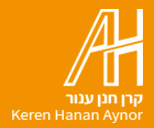
קרן חנן עינור נוסדה ע"י שרה עינור בשנת 1994 לזכרו של חנן עינור. המשימה שלנו היא לתת מענה בתחום ההשכלה לקהילת יוצאי אתיופיה על-ידי תמיכה ברכישת השכלה גבוהה לאותם אלה מבין יוצאי אתיופיה בישראל שהם בעלי כישרונות ומוטיבציה להתקדם ולהצליח.
קרן חנן עינור טופז 1ב מבשרת ציון 9079375
053-9195036
אפשר גם בווטסאפ
ימים א', ד': בין השעות 15:00-18:00
ימים ב', ג', ה': בין השעות 09:00-12:00
Copyright © 2021. All rights reserved to Keren Hanan Aynor.
תנאי קבלה:
.jpg) ההתחייבות לתכנית:
ההתחייבות לתכנית:
1. ביצוע 60 שעות פעילות חברתית
2. הגעה למפגשים אישיים במהלך השנה עם רכזת מלווה
3. הגעה לטקס מלגות של קרן חנן עינור
4. מסירת ציונים במהלך השנה
5. הגעה למערך הסדנאות (4 מפגשים + מפגש פתיחה + מסיבת סיום)
